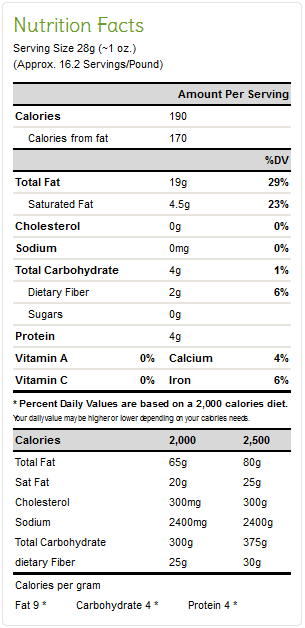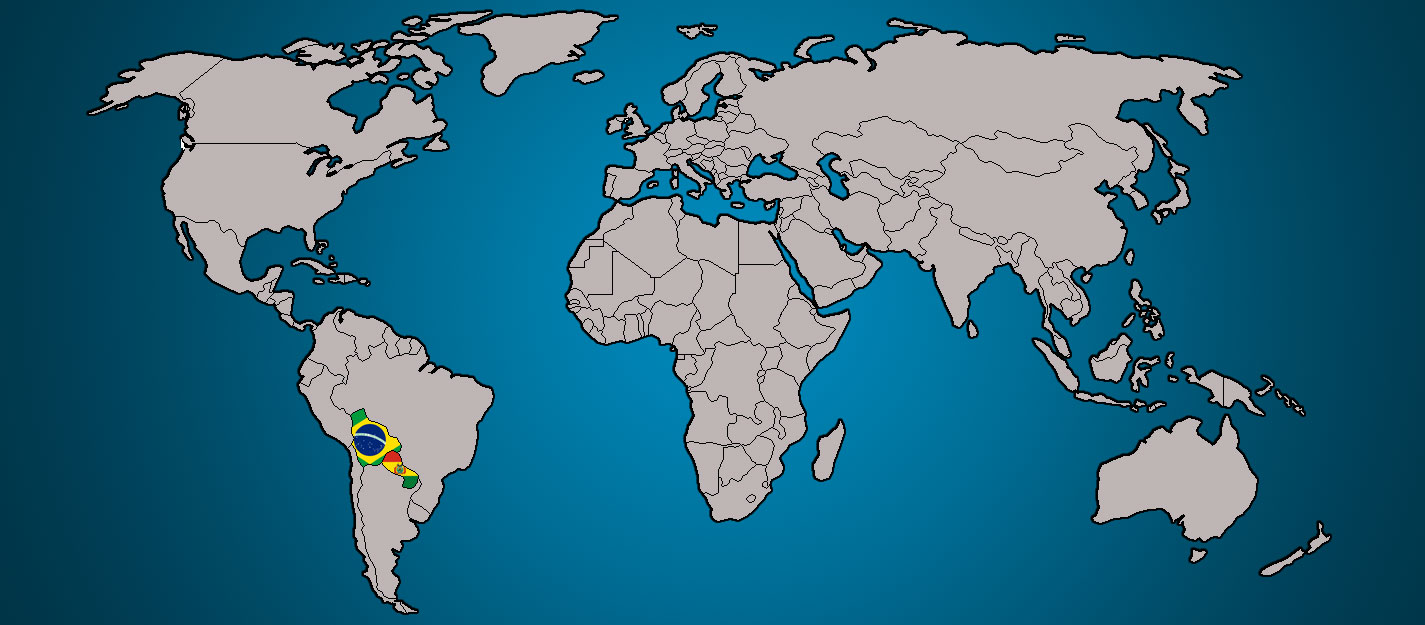Origins: Bolivia, Brazil
Scientific Name: Bertholletia Excels
Brazilnut trees are native to the Amazon rainforest were brought to Europe by Portuguese explorers. Over 50% of the world’s production of brazils comes from Bolivia, closely followed by Brazil.
They begin to bear fruit after twelve years and can live for between 500 and 800 years. Brazil trees are one of the tallest trees in the rainforest and can grow up to 165 feet tall. They have never been successfully cultivated due to the specific growing environment of the trees and the fauna required to sustain them. The brazil nut tree fruit takes around 15 months to develop. The mature fruits drop to the ground during the rainy season but the woody capsule does not break to spread its seeds. Each woody capsule contains between 12 and 25 seeds, which must be cracked to release the brazilnut kernel. During the rainy season thousands of workers enter the forest to wild harvest the capsules from the forest floor. These are transported by boat to the processing plants.
At the processing plant the inshell nuts are dried and are either cracked by hand or by mechanical process. The kernels are then dried again to reduce moisture to below 6%. The brazils are graded by size, including large, medium, midget and chipped, and packed into cartons.
Brazils are predominantly used as snacks and in mixes. They are often used in confectionary such as chocolates and in bakery items such as brownies.
Brazilnuts are high in many different vitamins and minerals. They are one of the richest sources of selenium, which has recently been linked with reduced risk of cancer. It is a good source of vitamin E, a powerful antioxidant.


